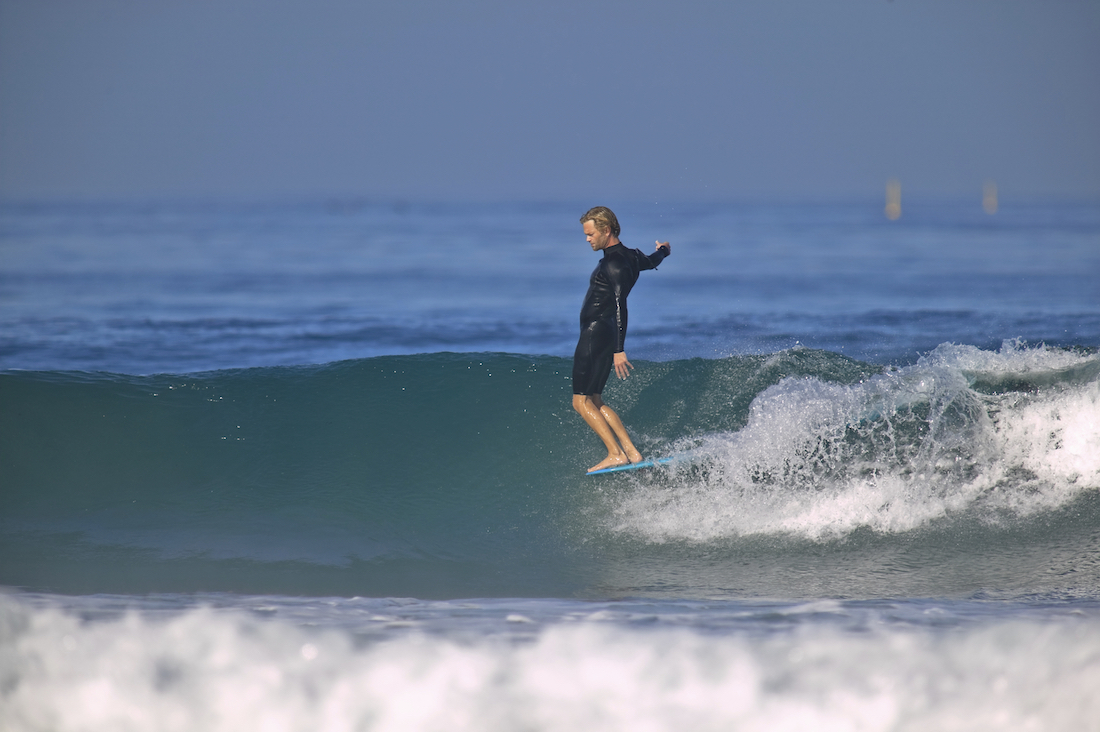The best surfboard for you — that elusive “right” surfboard — depends on three main factors, the last of which is somewhat dependent on the first: your surfing ability, your size and weight, and the type of waves you plan to use it in. Pick the wrong surfboard and you might as well be learning to drive in a Formula One car, trying to run the 100m in Usain Bolt’s size 13s, or teeing off on a par 5 with a mashie niblick.
Surfboard Types: The Mini Mal Surfboard
Thou shalt resist, initially at any rate, the temptation to buy the slimmest, sexiest surfboard fluttering its eyelids in the rack at your local surf shop. Opt instead for something a little more voluminous. There is no need to be embarrassed about this.
“The most common mistake people make is going too short too soon”
The basic principles behind a beginner surfboard are simple. The bigger the surfboard the more buoyant and the more stable, thus the easier it will be to paddle, catch waves with, and stand up on. But bigger surfboards are also more cumbersome: harder to carry, harder to keep hold of as you battle through the white water, harder to turn, and potentially much more dangerous.




